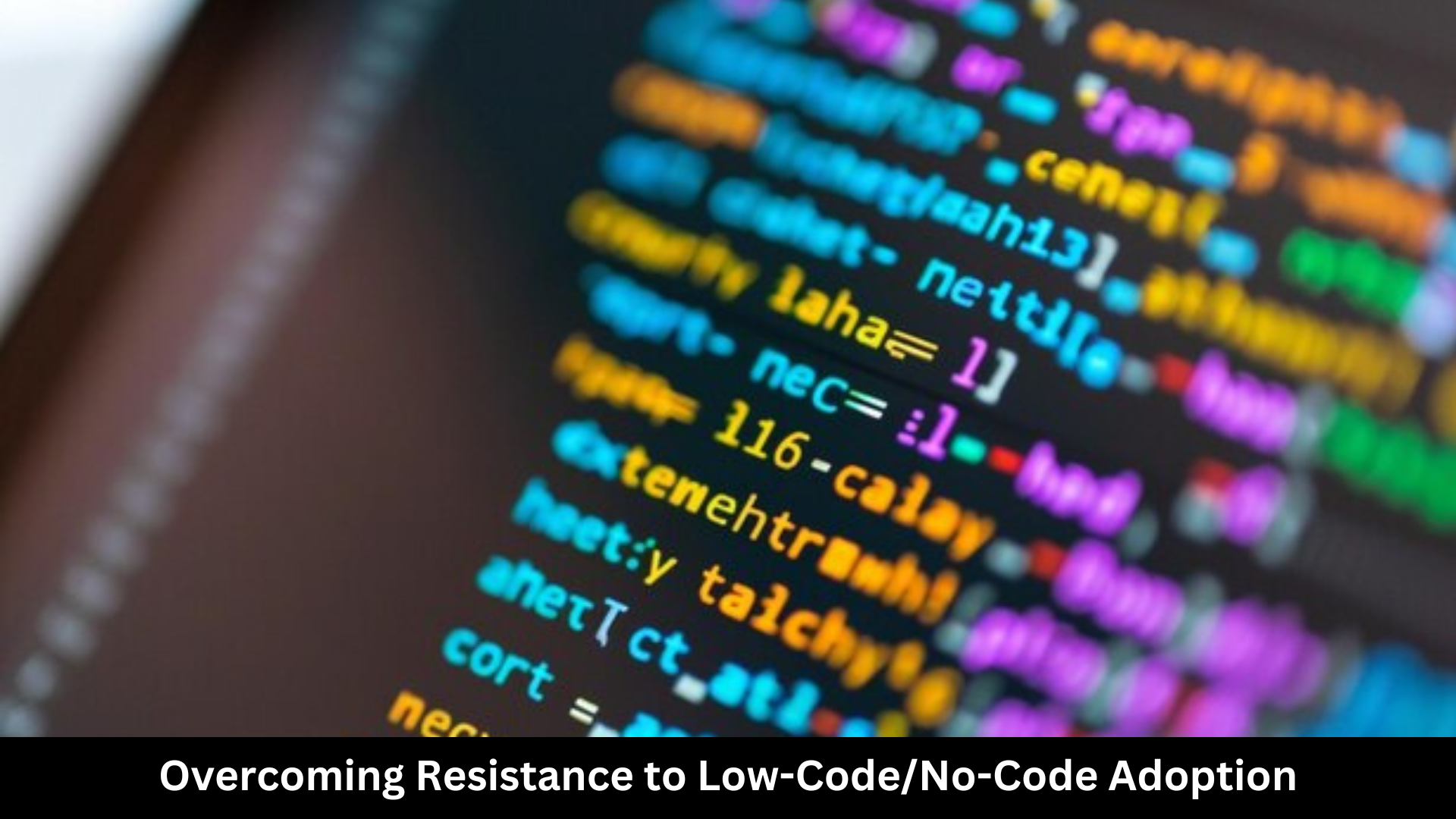Overcoming Resistance to Low-Code/No-Code Adoption

In today’s fast-paced digital landscape, organizations are constantly seeking ways to improve efficiency and agility. One of the most promising solutions on the horizon is the rise of low-code/no-code in DevOps. These platforms allow teams to create applications and automate processes with minimal coding expertise, enabling faster development cycles and empowering a broader range of employees to contribute to IT initiatives. However, despite their potential, many organizations face resistance when it comes to adopting these innovative tools. Let’s explore the common challenges and resistance faced during this transition and the strategies to overcome them. Understanding the Resistance Resistance to change is a natural human instinct, especially in the realm of technology. When organizations consider implementing low-code/no-code in DevOps , they often encounter a few key challenges: Fear of Job Displacement: Employees may worry that adopting these platforms could threaten their j...




